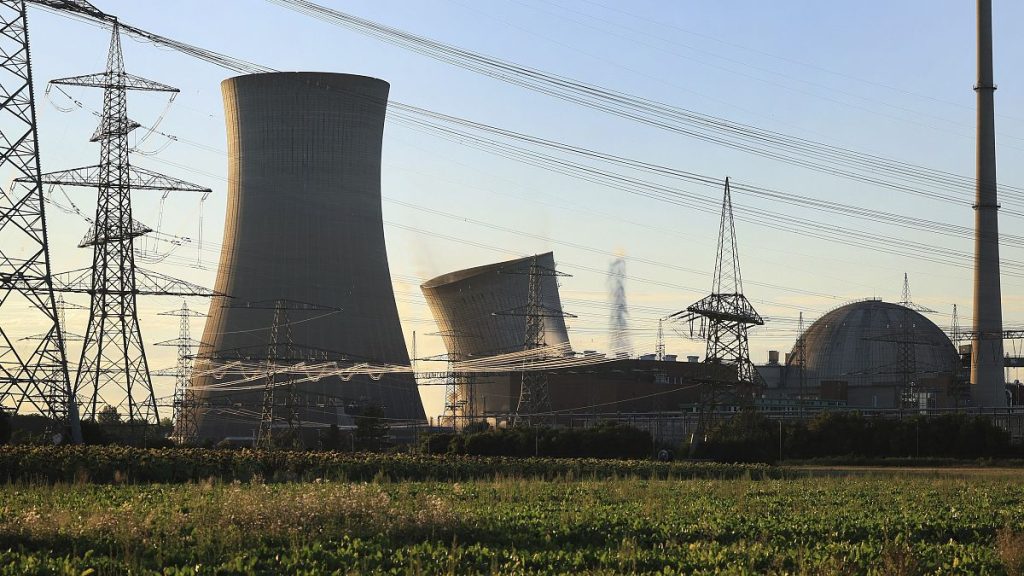The Grafenrheinfeld Nuclear Power Plant (NPP), located in Bavaria, Germany, began its construction in 1975 and commenced commercial operations in 1982. It was the country’s oldest nuclear power plant but was eventually closed in 2015 as part of Germany’s transition away from nuclear power. The closure was seen as a significant step towards reducing the residual risks associated with nuclear power plants, as stated by the then Environment Minister Barbara Hendricks. However, some prominent figures, such as Ulrich Grillo, former President of the German Federation of Industry (BDI), raised concerns about the impact of decommissioning nuclear plants on the security of supply and the need to secure jobs and production in the clean power industry.
The demolition of the Grafenrheinfeld NPP’s two cooling towers faced a brief delay due to a protest by a pro-atomic energy activist. The activist scaled one of the towers’ pylons, leading to a postponement of the demolition until a special team was able to free them. Despite this disruption, the demolition was eventually carried out, with project leader Matthias Aron overseeing the process. The demolition created around 55,000 tonnes of concrete rubble, which would be used to fill the collecting basins below the towers. The mayor of Grafenrheinfeld, Christian Keller, expressed sentiments about the towers being an important landmark and symbol for the community.
Germany’s ‘Energiewende’ (Energy Transition) strategy aims to have approximately 80 percent of the country’s electricity supplied from renewable sources by 2050. Currently, a quarter of Germany’s power needs are met by sustainable sources, with doubts being raised about the sustainability of the ‘Energiewende’ plan. Throughout its operational years, the Grafenrheinfeld NPP played a significant role in supplying over 11 percent of Bavaria’s energy needs, according to the utility company E.ON. The closure of nuclear power plants like Grafenrheinfeld is seen as a crucial step towards achieving a cleaner and more sustainable energy supply, but concerns remain about the potential impacts on security of supply and the need for job and production security in the industry.
The closure and demolition of the Grafenrheinfeld Nuclear Power Plant represent a visible signal of Germany’s commitment to reducing its reliance on nuclear power and transitioning towards renewable sources of energy. The event marks a milestone in the country’s efforts to reshape its energy sector and address the challenges associated with nuclear power. Despite concerns raised by industry leaders about the potential negative impacts of decommissioning nuclear plants, the government’s focus remains on securing a cleaner and more sustainable energy future for Germany. The demolition of the cooling towers, although momentarily delayed due to a protest, ultimately proceeded as planned, with the rubble from the towers being repurposed for further use in the site.
The demolition of the Grafenrheinfeld Nuclear Power Plant represents both an end and a new beginning in Germany’s energy landscape. As the country continues its transition away from nuclear power towards renewable sources, significant steps are being taken to ensure a secure and sustainable energy supply for the future. The closure of nuclear power plants like Grafenrheinfeld may present challenges in terms of security of supply and job security, but efforts are being made to address these concerns and maintain a viable clean power industry. The ‘Energiewende’ strategy plays a crucial role in shaping Germany’s energy future, with the aim of significantly increasing the share of renewable energy sources in the country’s electricity supply. The demolition of the cooling towers marks a symbolic moment in this transition, reflecting a shift towards a cleaner and more sustainable energy system for Germany.


